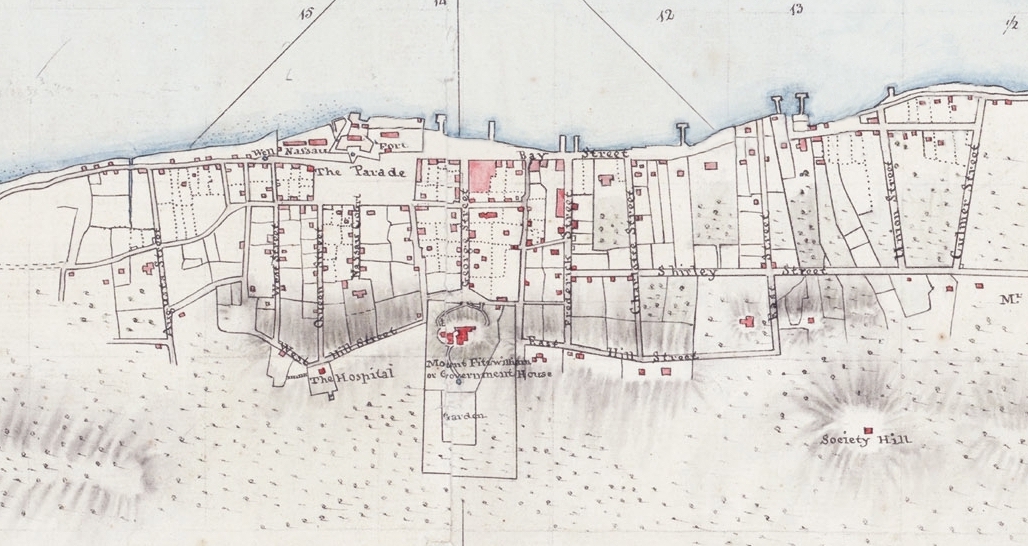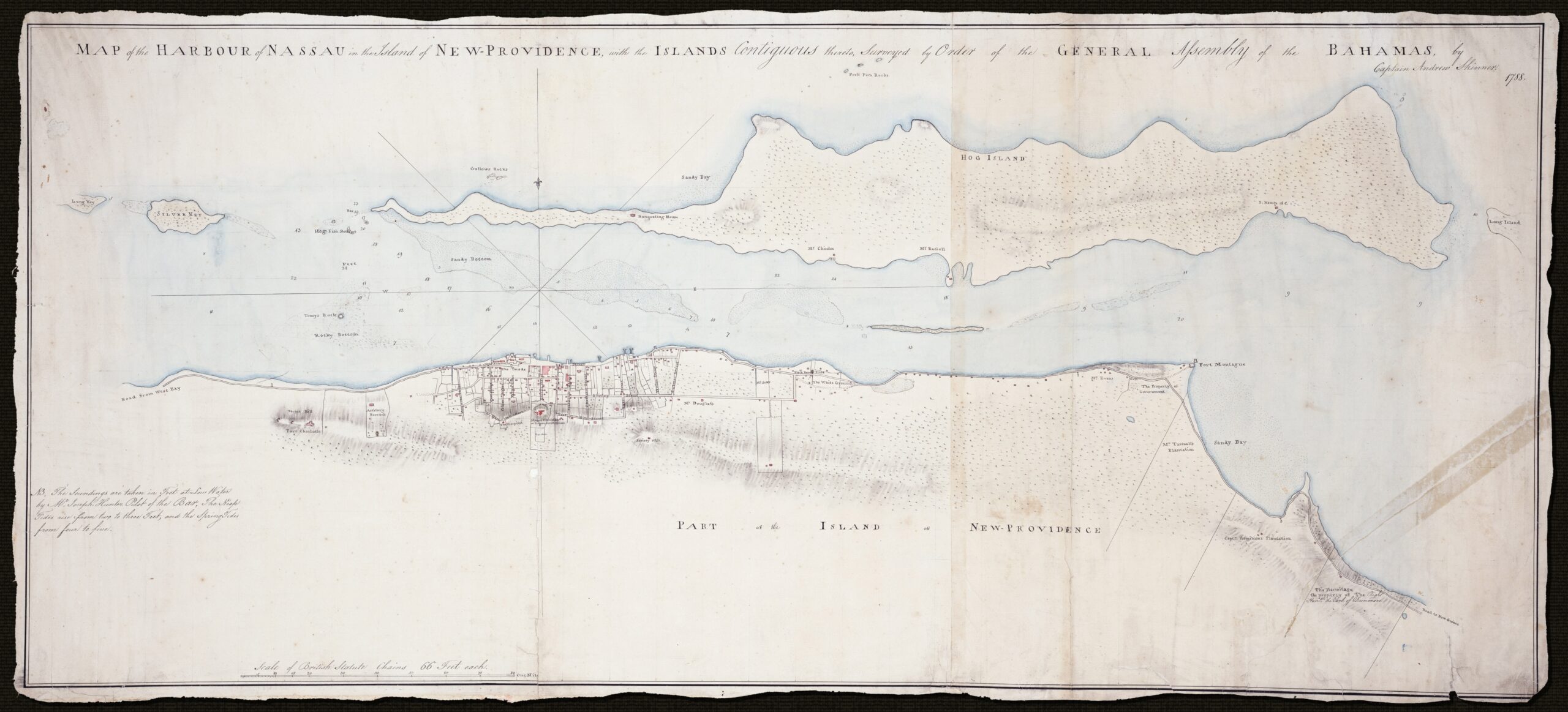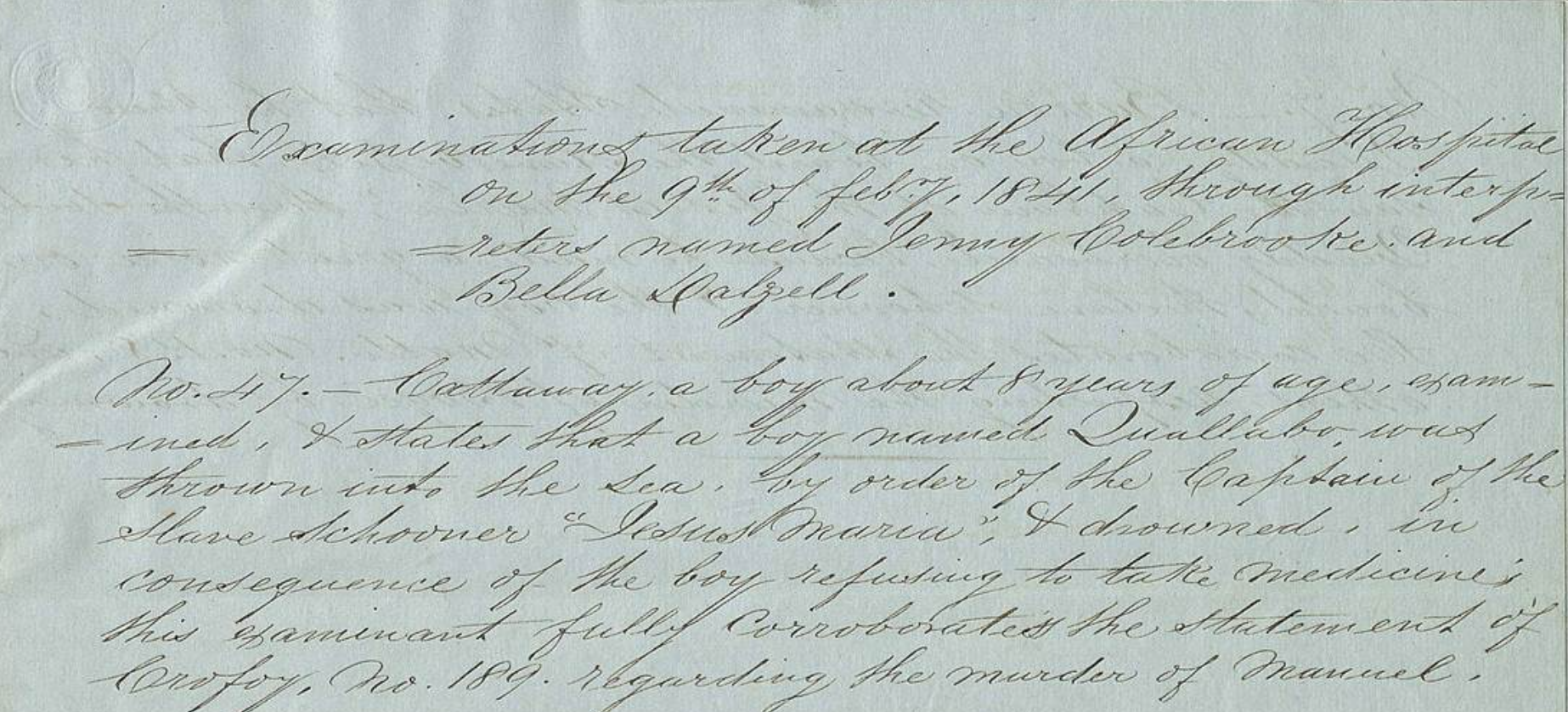NAGB Art Park
African Hospital
Written by: Tiera Ndlovu
The first documented hospital in The Bahamas, known as the African Hospital, sat atop the peak of West Hill Street at its intersection of Hospital Lane. First identified in a 1788 map of Nassau, the hospital’s property is now a part of the National Art Gallery of The Bahamas’ Art Park.
While its exact opening date is unknown, the hospital serviced the Black population of New Providence for approximately fifty years (Munnings Jr., 2009). It is also unclear why the hospital opened, as Bahamian slaves were considered healthier than most in the Caribbean, in part to “a wholesome diet and the absence of the rigor of the sugar plantation” (Munnings Jr., 2009). One possibility is that Loyalists brought established medical practices from the US and particularly plantations in the US South, to The Bahamas in the late 1780s. The more likely possibility lies in the increasing European interest in developing modern medicine.
Following the rise of empiricism in the seventeenth century, European physicians began to seek out large populations to gain experience and knowledge of effective medical practices. Those enslaved in Caribbean colonies were ideal experimental groups. Enslavers throughout the region were equally invested in providing reliable healthcare to their slaves, since as long as slaves remained “economically productive” they were “valuable commodities” (Richey-Abbey 2012). However, establishing medical infrastructure in the West Indies was challenging, since there were “no teaching hospitals, no medical journals, and few learned societies” (Schiebinger, 2017). Where clinics were operating, in Jamaica and Saint-Domingue specifically, physicians often offered services to both white and black populations, relying on a combination of African bush medicine practices and European humoral practices. The first successful implementation of a European medical school in the region came in 1833 with the Jamaican College of Physicians and Surgeons (Schiebinger, 2017). Thus, the African Hospital in Nassau was a unique institution: not only because of its distinction in treating only the Black community but because it was among the first established hospitals in the Caribbean.
In the 1820s, visiting physicians from England used the hospital to administer smallpox vaccinations (Munnings Jr., 2009). In the 1840s, children were examined at the hospital for psychological trauma (Examinations taken at the African Hospital: Notes & Ephemera 1841). It seems that until 1858, when a quarantine station opened on Athol Island, a cay north of New Providence, the African hospital was used to treat a variety of illnesses. While archival documentation of the hospital remains scarce, its existence proves there was an investment in the health of Nassau’s Black communities, no matter how dubious initial intentions might have been. Furthermore, as the first hospital in The Bahamas, the African hospital became a catalyst for institutionalized public health programs across the nation.
Here is a short reading list to learn more about the African Hospital in The Bahamas:
Princess Margaret Hospital: The Story of a Bahamian Institution by Harold Alexander Munnings Jr.
Islanders in the Stream: A History of the Bahamian People: Volume One: From Aboriginal Times to the End of Slavery by Gail Saunders and Michael Craton
Improvising Caribbean Medicine in the Age of Slavery by J.L. Fleur in the New West Indian Guide, 92(3-4)
Bush medicine in the Family Islands: The Medical Ethnobotany of Cat Island and Long Island, Bahamas by Laura Richey-Abbey
The rise of scientific medicine by L.L.Schiebinger in Secret Cures of Slaves: People, Plants, and Medicine in the Eighteenth-Century Atlantic world


